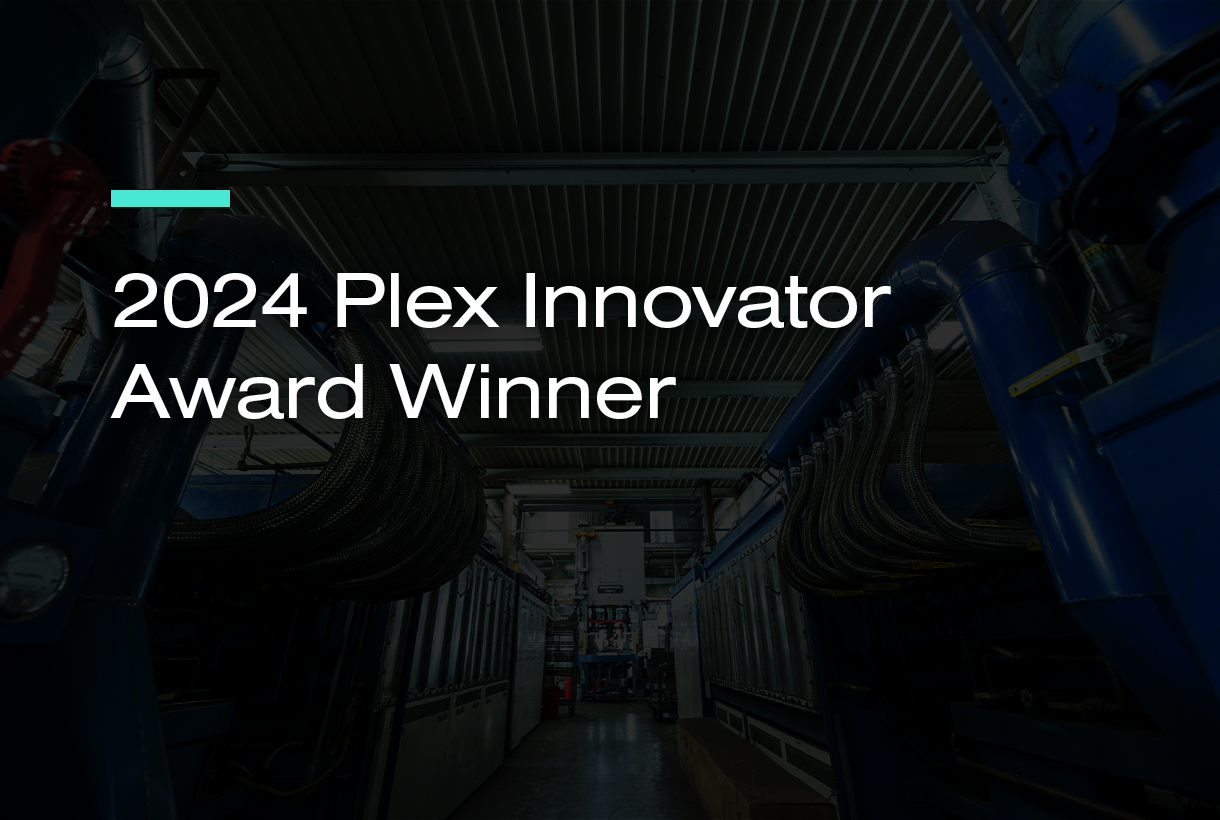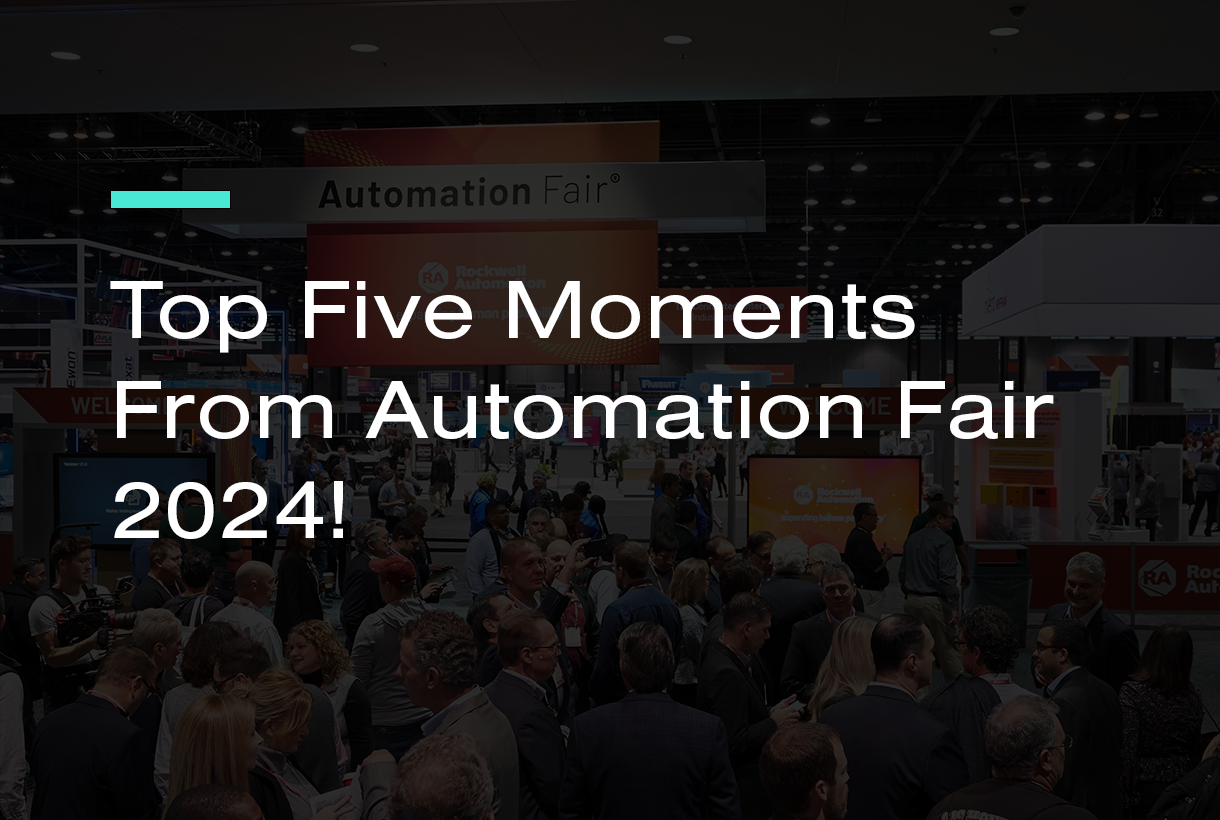

Now Available!
Get your copy of the 7th Annual State of Smart Manufacturing and hear from 300+ manufacturers in this new survey report!
Subscribe to Our Blog
For a monthly digest of expert insights, data points, and tips like the ones in this article.
Hype vs. Reality: What’s Really Happening with Industrial IoT in Manufacturing?
Industrial Internet of Things (IIoT)
Reading any of the major technology media outlets, you will find stories of big manufacturers that are heavily investing in Industry 4.0 projects. Stories like these would make anyone believe that U.S. factories are filled with robots, machines, and sensors that transmit real-time data about everything from product engineering to quality to production performance—and that the data is being used to predict how to run a more efficient manufacturing business. While this may be happening with some of the biggest manufacturers, the vast majority are still figuring out whether the Industrial Internet of Things (IoT) and Industry 4.0 are worthwhile investments or simply just hype.
A Disconnected Reality
In the U.S., many manufacturing plants are more than 20 years old. Less than 14 percent of the machines on shop floors are “connected.”1 That means they do not have sensors or monitoring that can extract data about how they are operating. These older machines are prone to breaking down, and they account for up to $50 billion (annually) in downtime.2
The hype around Industrial IoT is that manufacturers must immediately invest in transformational technologies like machine learning, augmented reality, or artificial intelligence to gain any benefits around efficiency—and that’s far from the reality. While manufacturers need to begin building the connected foundation to extract and leverage data, it doesn’t require a massive overhaul overnight. Many manufacturers are starting small and building on initial successes.
The Data Problem in Manufacturing
A major hurdle to overcome goes back to those older machines. Some, in fact, generate a lot of data but getting access to this data is not easy. Others do not even have digital controllers and require external retrofitting and sensors to pull operational data. Getting access to usable data can often be difficult and expensive, so there has to be a clear return to be gleaned from the effort. For this reason, companies focus on the most critical equipment that may have been problematic in the past or represents a critical control point that affects delivery.
Even when data is available, there is uncertainty around what to do with it. Someone, or some tool, has to interpret the data and make sense of it. Most manufacturers don’t have data scientists on hand to help with this endeavor. Hype tells manufacturers that access to data will transform how business is done, but the reality is digitization just lays the foundation for understanding what is going on in any particular asset. There needs to be a way to visualize the data to make it actionable.
The Industrial IoT Hype vs. Reality
At the end of the day, products need to get made and shipped to demanding customers as efficiently and cost-effectively as possible.
Our customers tell us they see Industrial IoT and Industry 4.0 as an opportunity to do more with what they already have rather than new technology to invest in for the promise of some far-off future. But when there’s a viable way to uncover ideas and opportunities for improvement, they take it.
At the time of writing this blog post, Plex has a handful of customers who are embarking on Industrial IoT projects right now. Many are starting right where they are: simply gaining more visibility into their existing assets. They’ll be able to:
- See What is Happening - Visualize work cells, including the underlying assets that keep things moving—and understand how to improve operational efficiency and respond to potential issues before they happen.
- Know What Happened - Real-time monitoring with historical trendlines enable you to learn, diagnose, and improve uptime and performance—and if a quality issue begins to emerge, you’ll have a single source of truth to help track down the root cause.
- Predict What Will Happen - Identify trends that could disrupt operations or quality performance with accurate, real-time graphs of virtually any performance characteristic for actionable insights about asset performance.
Our customers know that Industrial IoT is a strategy they can’t ignore—because there’s a good chance that those manufacturers who do ignore it will be like many consumer companies that missed out on the Internet.


